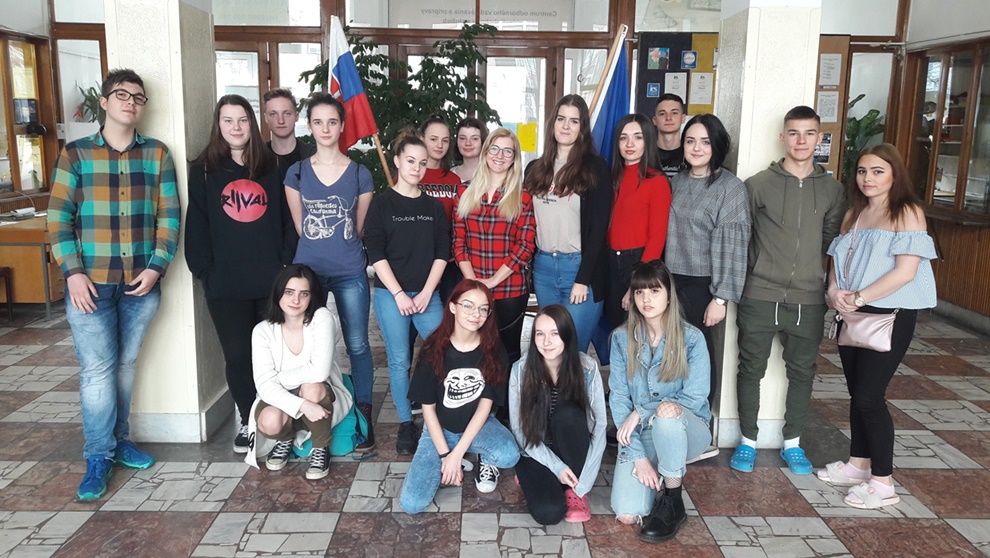Slovak Republic

Official name: Slovak Republic
Capital city: Bratislava
Population: 5.397.036
Official language: Slovak
The Slovak Republic lies in Central Europe. The country´s geography is characterized by major differences in alitude. Central and northern Slovakia are mountainous regions covered by the Carpathian Mountains. In the north there are the High Tatras with the highest peak the Gerlach Peak. The Low Tatras aren´t as high as the High Tatras but the nature there is beautiful and it´s ideal place for hiking. Southern and eastern Slovakia are lowland regions and important agricultural areas of the country. The biggest rivers are the river Danube, Hron, Ipeľ... The longest river is the river Vah. The Danube River connects Slovakia with Vienna and Budapest, the Rhine - Main channel and the Black Sea ports. There are many interesting places in Slovakia. There are: old towns (Banská Štiavnica, Kremnica), caves (The Dobšinská Ice Cave), castles, spas.
The Slovak Republic enjoys a mild continental climate with distinctive rotations of seasons. The average daily temperature is - 2°C in winter and 21°C in summer. The coldest month is January, the warmest months are July and August.
Slovak people are very friendly and hospitable. They are Christians and because of this the most important holidays are Christmas and Easter.
Bratislava region
At the point where the Carpathians meet the Danube River, on the border with Hungary and Austria sprawls the capital of the Slovak Republic. Bratislava is the centre of national life, the seat of Slovakia´s president, government and parliament. It´s a city of universities, theatres, museums and galleries. During your stay in Bratislava you can attend an opera at the Slovak National Theatre or visit the Slovak National Gallery or some of the city´s many museums. The numerous cafés and restaurants offer a wide range of Slovak and Central European culinary specialities. There are many historical buildings and sightseeing places: Grassalkovich Palace, Primate´s Palace, Bratislava Castle, St. Michael´s Gate, The St. Martin´s Cathedral etc.
Right on the doorstep of the capital of Slovakia, Bratislava, are the Small Carpathians. This range of hills, whose wooded peaks are a protected area and whose shouthern slopes are covered by vineyards, spreads north - east from the Danube for about 50 kilometres. Nestling in the Small Carpathians near Modra is the Renaissance Červený Kameň (Red Stone) fortress in its time the best fortifield castle in the Carpathians, built to defend against Turkish raiders. The area is surrounded by serene vineyard and it is possible to spot various statues of St. Urban, a patron saint of viticulture. The forested Small Carpathian hills are a popular leisure destination from Bratislava.
Our project team

